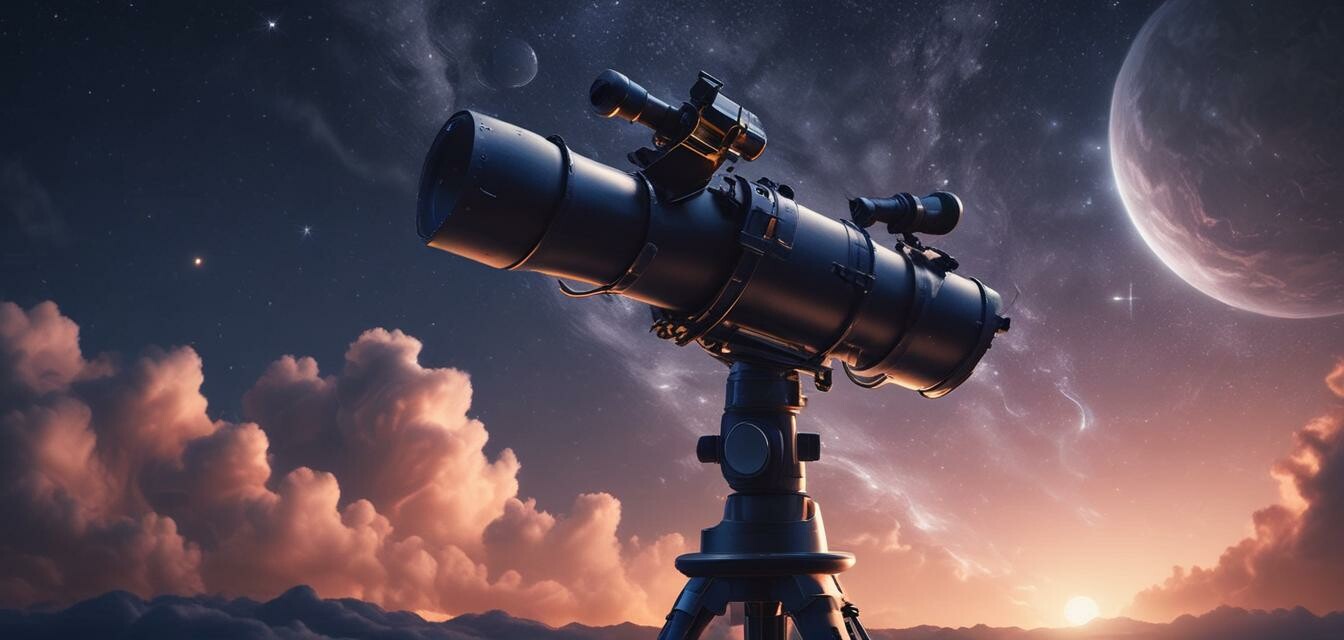
Exploring atmospheric conditions for planet viewing
Key Takeaways
- Atmospheric conditions significantly affect planetary visibility and clarity.
- Understanding concepts like seeing, transparency, and weather conditions can enhance your observational success.
- Utilizing techniques and tools can help you optimize your viewing experience.
- Regularly checking weather reports and astronomical forecasts will help ensure optimal conditions.
- Software and apps can aid in tracking celestial events and optimal viewing times.
Telescope enthusiasts and budding astronomers alike are often captivated by the beauty of our solar system's planets. However, to truly appreciate them, you need to consider the atmospheric conditions of your viewing location. The clarity of the skies can drastically affect how well you can spot and observe planetary details. This article provides guidelines on understanding and optimizing the conditions for the best planet viewing experience.
Understanding atmospheric conditions
Before you set up your telescope, it's crucial to understand how various atmospheric conditions can influence your observations. The visibility of planets is affected by a variety of factors, including:
- Seeing: This refers to the steadiness of the atmosphere. Good seeing conditions allow for clear images, while poor seeing results in shimmering or blurred views.
- Transparency: This measures how clear the atmosphere is. Dust, moisture, and pollution can reduce transparency.
- Weather: Cloud cover, humidity, and wind can all impact viewing conditions significantly.
How seeing affects planetary visibility
Seeing plays a crucial role in astronomical observations. It can determine whether you see fine details on planetary surfaces. Here are some indicators of good seeing:
| Seeing Condition | Description |
|---|---|
| Excellent | No turbulence; you can see fine details clearly. |
| Good | Stable, moderate turbulence with occasional distortion. |
| Fair | Frequent turbulence causing moderate blurring. |
| Poor | Severe turbulence, making it difficult to see details at all. |
Optimal atmospheric conditions for viewing planets
To have a successful observation session, you should aim for the following atmospheric conditions:
- Low humidity: This increases transparency, leading to clearer views.
- Stable temperatures: Avoid sudden temperature changes that lead to turbulence.
- Remote locations: Find areas away from city lights and pollution.
- Calm weather: Less wind reduces atmospheric instability.
Preparing for your observation
Preparation is key when planning your astronomical observations. Here are some methods to enhance your experience:
1. Monitor the weather
Stay updated with local weather reports. Websites and apps can provide information about:
- Cloud cover predictions
- Humidity levels
- Wind speeds
- Temperature changes
2. Use astronomy software
Leverage software and mobile applications that can help you track celestial events. These tools often provide:
- Real-time data about planetary positions
- Optimal viewing times
- Data on atmospheric conditions
3. Learn from experts
Online forums and resources can provide valuable insights from fellow astronomers. Consider visiting our Tips and Tricks blog category to enhance your knowledge.
Dealing with unfavorable conditions
Sometimes, despite all preparations, you may encounter unfavorable atmospheric conditions. Here are some techniques to cope:
- Adjust your telescope: Make sure your equipment is well-calibrated and stable.
- Be patient: Sometimes the skies clear up unexpectedly, so wait it out.
- Focus on different objects: If conditions are not ideal for planetary viewing, there are other astronomical bodies to observe, such as clusters or galaxies.
Concluding thoughts
In conclusion, understanding and optimizing atmospheric conditions for planet viewing can greatly enhance your astronomical experiences. Remember that a little patience and preparation can go a long way in your pursuit of gazing at the wonders of the universe.
Pros
- Enhanced visibility of planetary features.
- Improved overall stargazing experience.
- Stronger base knowledge for tracking celestial events.
Cons
- Unpredictable weather conditions can still affect plans.
- May require additional equipment or software to optimize conditions.